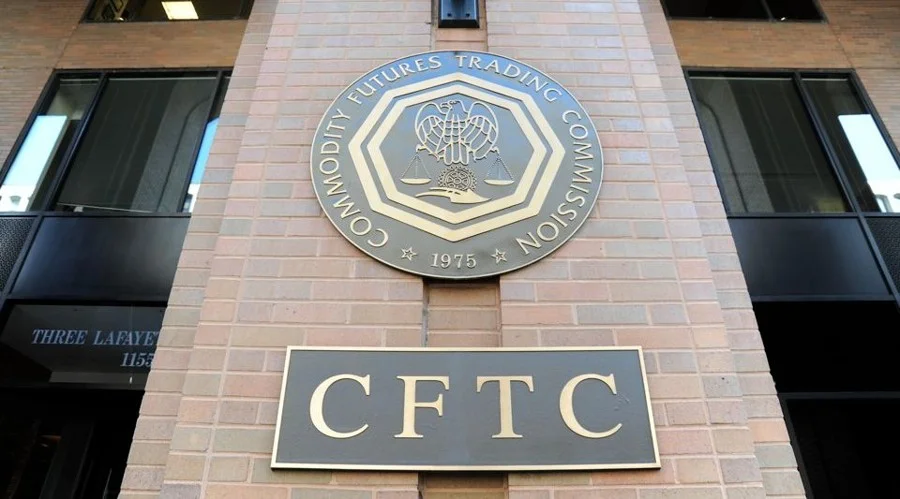ETH
When Ethereum price movements are examined, important support and resistance levels become apparent on a macro scale.
Macro Bottom and Major Support Levels
Strong support levels for Ethereum on a macro scale are located at $1,692 and $1,574. These levels are critical areas where there has been strong buyer interest in the past, and the price can be expected to react from here.
Levels with Intense Institutional Interest
The levels that institutional investors show interest in and stand out as buying zones are $2,071 and $2,186. The $2,071 level currently works as an SR Flip (Support-Resistance transformation).
Main Resistance Levels and Target Zones
In Ethereum's bullish scenario, the first important resistance levels will be $2,534 and $2,723. In particular, the $2,071 - $2,723 region is a consolidation area that determines Ethereum's price structure, and if this region is won by buyers, the price movement is expected to enter a more aggressive uptrend.
Critical Region
If Ethereum clearly exceeds the $2,723 level, it can be considered that buyer superiority is confirmed in the market. In this scenario, the next target to be followed will be $3,406.
In the pullbacks that the price will make after reaching the $3,406 level, our main target will be $5,000 as long as it does not remain below the resistance zone we have won.
Ethereum's price movement will maintain its upward expectation as long as it remains above the major support levels. In the short term, the $2,071 - $2,723 region will be a critical decision area, and daily or weekly closings above this region will activate a strong bullish scenario for Ethereum.
Important Note: Due to the volatile nature of the market, reactions from the determined levels should be followed carefully. In particular, global macroeconomic developments and market dynamics can directly affect price movements.
These analyses, which do not provide investment advice, focus on support and resistance levels that are thought to create trading opportunities in the short and medium term according to market conditions. However, the user is solely responsible for trading and risk management. In addition, it is strongly recommended to use stop loss in relation to shared transactions.
Author: Altar




